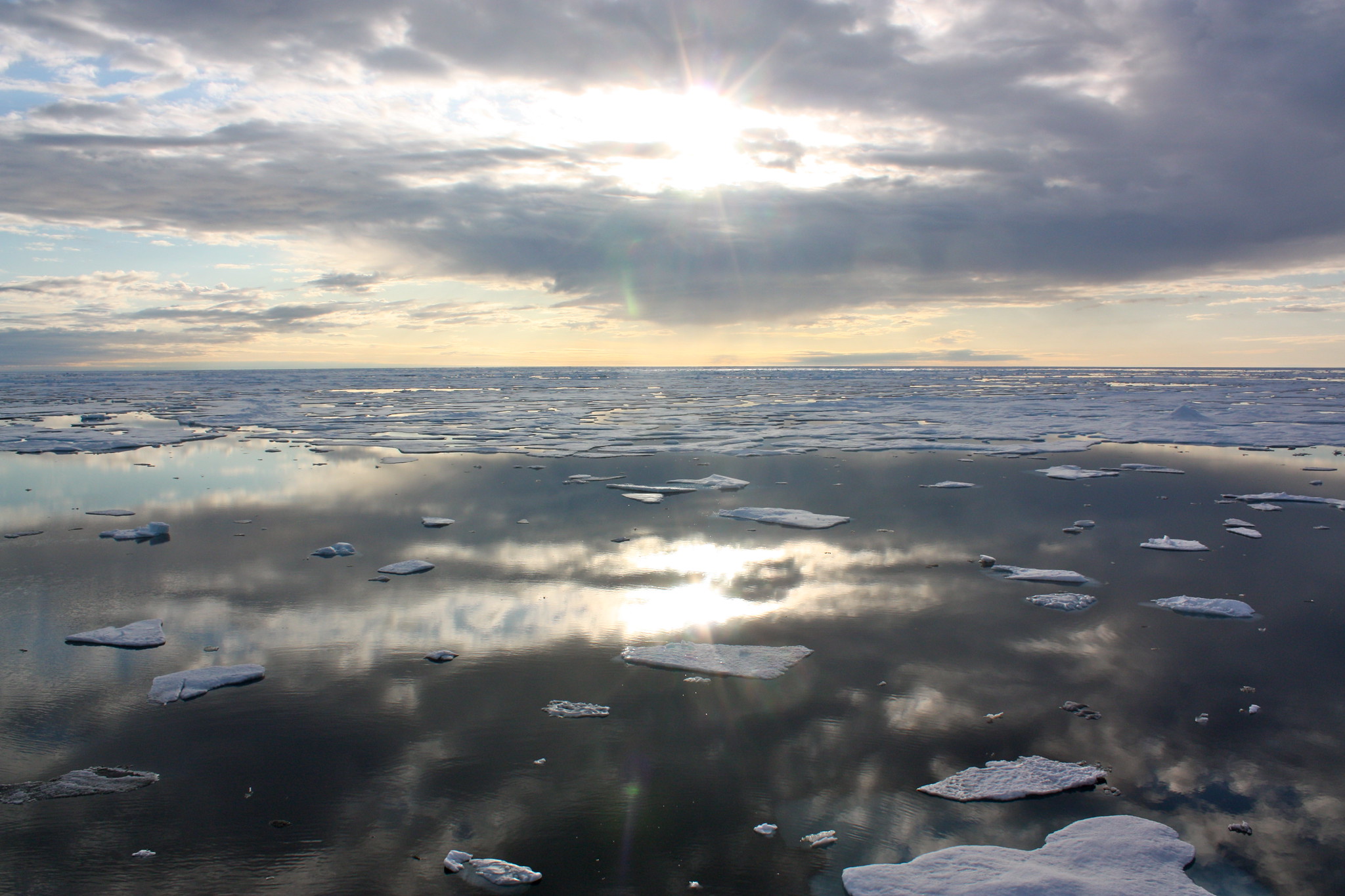A lack of ice in the Chukchi Sea is setting the scene for a record-late freeze
“Until we can cool the water off, we’re not going to get the ice to form."

Two winters ago, the full freeze did not arrive in the Chukchi Sea off Alaska until New Year’s Eve, the latest date in the satellite record.
Now the Chukchi, off northwestern Alaska, appears headed for an even later winter freeze.
As of Thursday, Oct. 24, Chukchi ice extent was only about 50,000 square kilometers – smashing the record for late October. It is only a third of the Chukchi extent recorded in late October of 2007, which until now had been the lowest ice for this time of year, said Rick Thoman of the Alaska Center for Climate Assessment and Policy at the University of Alaska Fairbanks.
The Chukchi Sea has never had anywhere near this little #seaice so late in the autumn: not even close. All this open water is a heating pad under the #arctic atmosphere, pumping heat into the polar night. No other way to put it: this is bad. #akwx #ClimateCrisis @Climatologist49 pic.twitter.com/BXnnLn1lFH
— Rick Thoman (@AlaskaWx) October 26, 2019
A freeze-up that’s even later than New Year’s Eve appears in the offing for this winter, Thoman said.
“I just can hardly imagine how we can get 95 percent of the Chukchi sea ice-covered in the next two months. There’s so much water there, it’s hard to think we could get that to happen,” he said.
The vast expanse of open water in the Chukchi — a situation that would have been summer-like in past years — cannot be blamed on fall storms, Thoman said. This has not been a particularly stormy season in the Chukchi, he said.
“This is being driven just by the super-heated water, and the ice is not able to expand in that,” he said. “Until we can cool the water off, we’re not going to get the ice to form.”
So far, whatever cool-off may be happening in the Chukchi is extremely slow.
Chukchi ice extent actually decreased by about 5,000 square kilometers between Oct. 1 and Oct. 24, Thoman noted.
Since freeze cannot happen south of the Bering Strait before it happens north f the strait, that means the Bering Sea is not likely to ice over until even later in January, he said.
Both the Chukchi and the Bering have been particularly ice-poor in the last two years, exposing coastal communities to unprecedented winter flooding and allowing open waters to absorb and vent more heat, altering conditions in the marine system and on land.
Already this fall, the open waters have allowed waves to crash ashore at Chukchi Sea villages like Point Hope, where water has been lapping at a protective barrier, and Wainwright, where erosion is reported along river and lagoon banks, according to residents sending dispatches to the collaborative Alaska Arctic Observatory and Knowledge Hub.
This year’s ultra-slow freeze is not limited to the Chukchi. Sea ice extent across the entire Arctic — after dropping last month to a tie for the second-lowest in the satellite record — is currently at the lowest ever recorded for late October. As of Sunday, Oct. 27, Arctic-wide extent was 6.727 million square kilometers, 278,000 square kilometers lower than the previous-record low recorded for that date, according to the National Snow and Ice Data Center.
While not all regions are as low on ice as the Chukchi is, there are some notable areas of open water.
The Beaufort Sea’s ice extent is the third-lowest on record for this time of year, and the edge of the ice is far from land, Thoman said. That means that even when north winds come, they are blowing the ocean’s heat into places like Utqiagvik, he said.
“It’s blowing over hundreds of miles of open water,” he said.